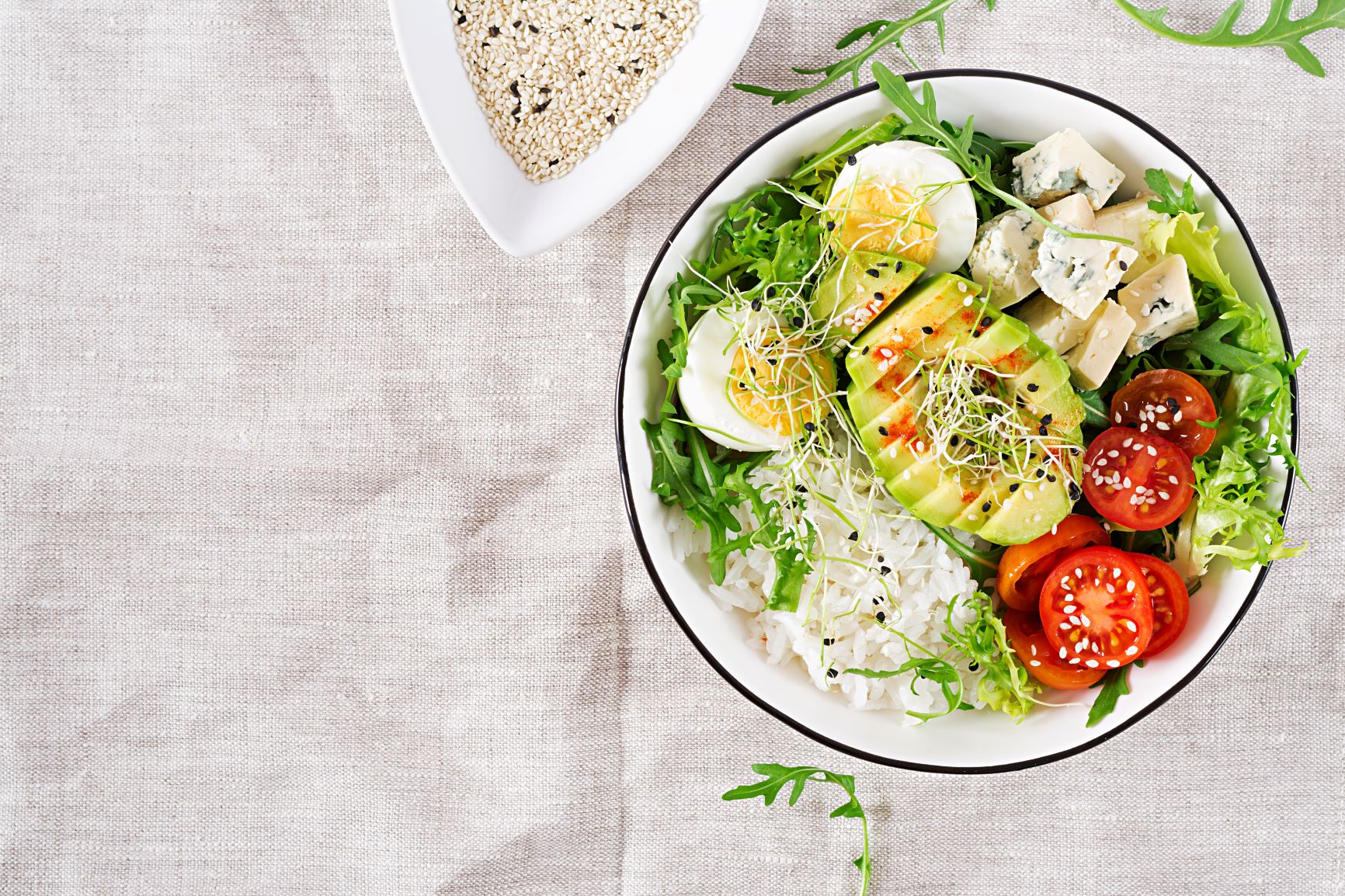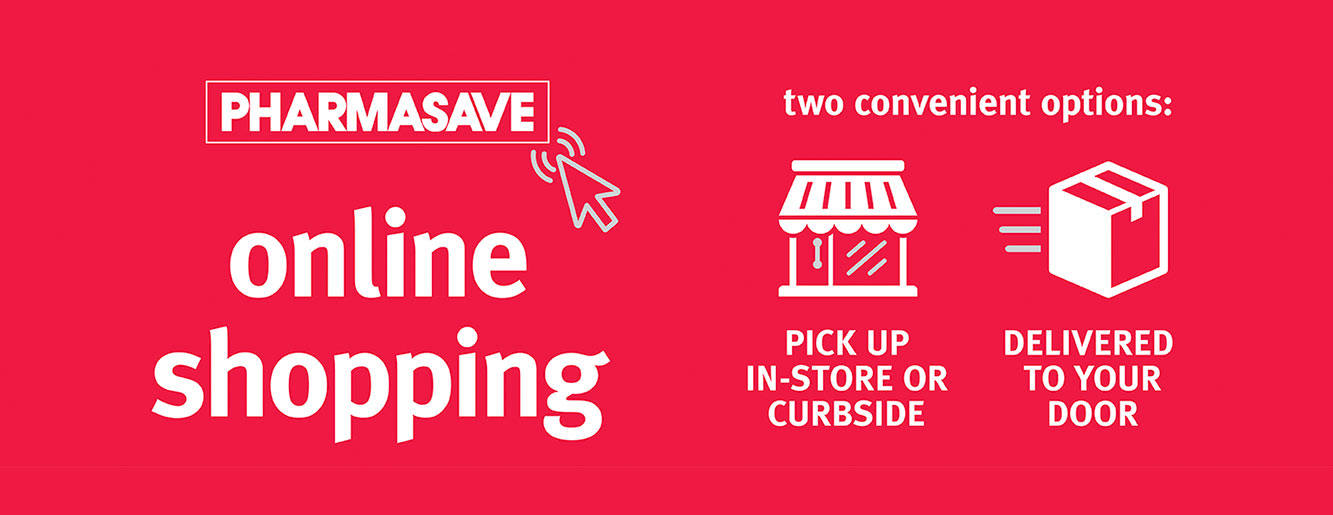
August – Nutrition and Fitness
Crack the Colour Code for Healthy Eating
The benefits of eating fruits and vegetables
A fruit and veggie market is a feast for the eyes as well as for the body. All the colours – the bright and sumptuous reds, the verdant green, the vibrant oranges and yellows, and the deep, dark blues and purples – are a sensual delight and a bounty of nutrients. If these colourful fruits and veggies had labels, they’d read like the bottles of vitamins and supplements on health-store shelves: fibre, vitamins and minerals galore, and antioxidants. Since fruits and veggies don’t have labels, it’s their colours that reveal some of their nutritional rewards.
Phytochemicals, compounds found in fruits and vegetables, are like nature’s paintbrush, giving plant- and fruit-derived foods their hue and some of their nutritional oomph. Beta-carotene, lutein, and lycopene, for example, are phytochemicals known as antioxidants. Antioxidants reduce cancer risks by helping our bodies to neutralize free radicals, which are compounds that can damage our cells. To reap the benefits of this healthy harvest, crack the fruit and veggie colour code.Crack the fruit and veggie colour code
Greens
Go beyond iceberg lettuce! Green fruits and veggies, such as avocados, green peppers, celery, kiwi fruits, cucumbers, asparagus, and even green apples, are tasty, nutritious options. They are thought to be loaded with vitamins, such as folate, minerals, and fibre. Lutein, found in hearty greens such as kale, chard, and romaine lettuce, may help to fend off macular degeneration, a major cause of vision loss and blindness in Canada. Bell peppers, broccoli, and the underrated Brussels sprout are all powerful sources of vitamin C. Vitamin C is an antioxidant that may lower cancer risk, improve iron absorption, and promote wound healing. Cabbage, Brussels sprouts, kale, and turnips may reduce the risk of cancerous tumours.
Yellow and orange
Orange is more than oranges, and beta-carotene shows up in more than just carrots. Beta-carotene, a nutrient also found in sweet potatoes, mangos, apricots, and cantaloupe, has antioxidant properties, helps prevent vitamin A deficiency, and may play a role in immune health. Vitamin C abounds in the yellow-orange arcs of the food rainbow, especially in papaya, grapefruit, oranges, pineapple, and cantaloupes. Pucker up to lemons and limes, too. Fully ripened ones will have the highest antioxidant content. Folate is also found in orange fruits and vegetables, and may help prevent certain birth defects and reduce the risk of heart disease. Yellow fruits and vegetables, such as pineapples, corn, and pears, are high in fibre and vitamin C.
Red
Seek out the blush of red and pinky-coloured vegetables and fruits for a good source of lycopene. A powerful antioxidant that may help prevent many kinds of cancers, lycopene crops up in tomatoes, watermelon, papaya, guava, and pink or red grapefruit. Lycopene may also slow the hardening of arteries and the growth of tumours. The unappreciated beet, with its intense red pigment, has shown promise against colon cancer and is a rich source of folic acid, which is involved in normal tissue growth.
Blue and purple
Head into the darker realms of the produce section and get the blues… and blacks and purples. Think blackberries, figs, plums, prunes, eggplants, and raisins. Low in calories, high in vitamin C and fibre, blueberries have been especially singled out as tiny nutritional powerhouses. Anthocyanin is the pigment responsible for the tint of these fruits and veggies and for their antioxidant qualities. In addition to their cancer-fighting acumen, anthocyanins may also support the vascular system. Find these nutrients in the fresh and frozen varieties of blue and purple fruits and veggies.
White, brown, and tan
While they’re not as showy as the others, fruits and veggies with more subdued white, brown, or tan hues deserve a spot in your shopping cart. Spice things up with ginger, which may reduce pain after exercise or help with certain types of nausea, and garlic, suggested to prevent cancer and heart disease. These white vegetables contain allicin, which is also thought to help lower cholesterol and blood pressure. Though they are yellow on the outside, bananas’ true benefits hide in the sweet, white, fleshy fruit inside. Bananas are high in potassium, a key element of a heart-healthy diet, and they can help your bones by preventing calcium loss. And like bananas, the lowly old parsnip has tons of fibre and potassium.
So, slice off strips of mango, feast on a fig, crack off some cauliflower, chomp on a cherry, or pop a pea pod. Explore your market’s produce section, and push yourself to try something new: that ruffle-edged bundle of greens, an oddly-shaped tuber, a spiky fruit, or some dirt-smudged root vegetable with a fountain of fronds.
10 ways to eat all across the rainbow
Does fitting a variety of colourful fruits and vegetables into your diet seem like a chore? Here are 10 tips for getting enough colour in your diet.
- Escape your usual grocery routine and visit a local farmer’s market instead. Seeing the colours spread out in front of you may inspire creativity and daring. You may even discover a fruit or vegetable you’ve never seen before.
- Plan meals with the colour code in mind, and try fitting in at least one item from each category.
- Stir harder-to-stomach vegetables into a soup or stew. Rough textures or bitter tastes can go down a lot more easily when they’re blended into a brothy mixture.
- Blend fruits or vegetables together into smoothies or juices.
- Keep frozen berries on hand. Thaw them in the morning to toss into your cereal or oatmeal or add them to smoothie recipes.
- Chop bananas or strawberries into your cereal or oatmeal.
- If you eat out, make sure to order at least one fruit or vegetable item with your meal.
- Lay a bed of deep green lettuce and top it with any veggie (or fruit) that strikes your fancy – bell peppers, tomatoes, beets, the more colourful the final result, the better. Drizzle your salad with lemon instead of fatty dressings for a vitamin C boost.
- Dishes that include stir-fried veggies with rice are no-brainer ways to stir a variety of vegetables into a meal. Flavour with garlic or ginger and then add in a vegetable from each colour group.
- As you sit down to a meal, take a good look at your plate of food. Which colours are represented? Notice if you seem to favour one colour over another and make sure to add the less-represented colours to your next shopping list
A shopping list for eating across the rainbow
Print out this chart (click for PDF) and take it to the market next time you go to make sure your basket is chock-full of nutritious, colourful fruits and veggies.
Ask Your Pharmacist
Question: I want to start eating healthier, but I’m not sure where to start. How can I incorporate healthy foods in my diet?
Answer: It can be hard to eat healthy all the time, but a good way to start is by adding some fruits and vegetables to your daily diet. Fruits and veggies are filled with nutrients and antioxidants. To make it easier to choose the most nutritious fruits and veggies, their colours can give you a hint about their nutritional value. Think of the rainbow when you are selecting them. For example, yellow fruits and veggies are high in fibre and vitamin C, whereas blue and purple fruits and veggies contain antioxidant qualities. Consider reaching for an apple or carrot sticks for a snack instead of chips to incorporate some fibre and nutrients in your diet.
Speak with your Pharmasave pharmacist if you have more questions.
Health Tip
It is a good idea to do some regular physical activity to stay healthy and fit. Doing moderate aerobic activity for 20 to 25 minutes a day will provide many health benefits. For instance, you can go for a walk or run on nice days or do home exercises when the weather isn’t as great. You don’t have to go outside or to a gym to exercise when there are so many free exercise programs online these days ranging from beginner to advance level. There are even free virtual yoga or meditation programs to help you relax as well. It can be more enjoyable if you try these activities with a family member.



